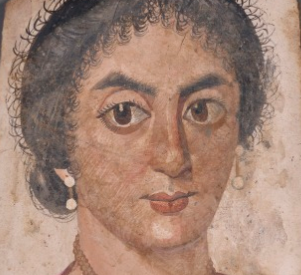
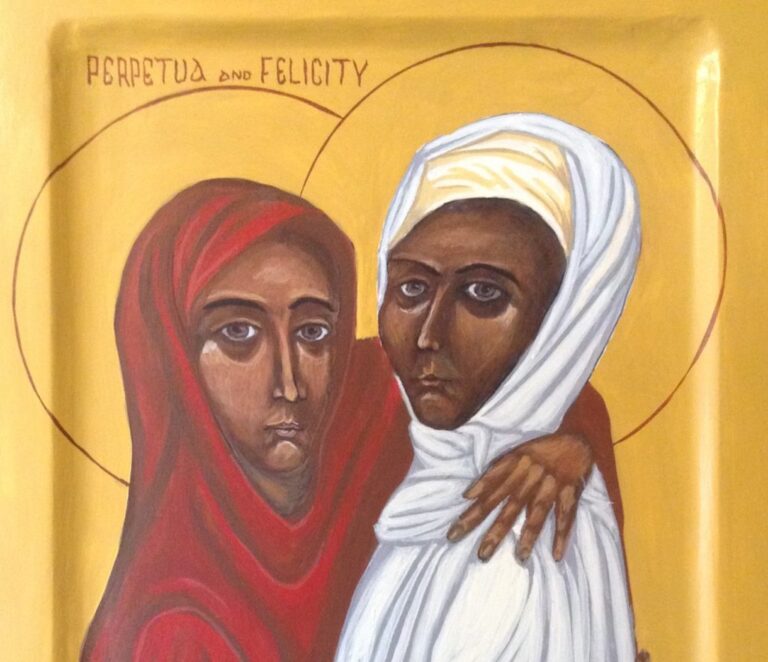
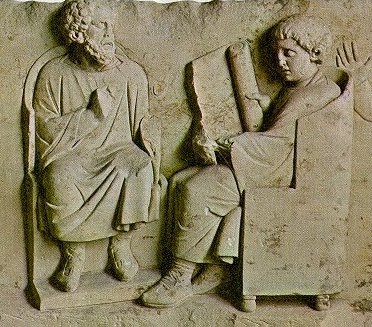
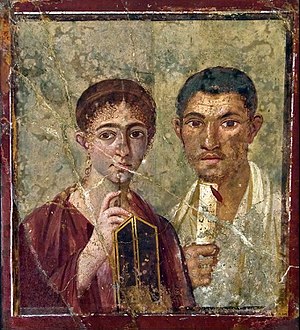

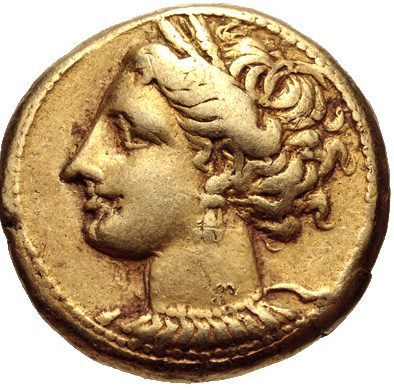
Salvete!
Welcome to Rome and Beyond,
a curriculum developed by Dr. Lindsay Samson, Dr. Holly Sypniewski, Dr. Halford Haskell, and Dr. Mary Hamil Gilbert.
This curriculum guides students through the basics of Latin grammar, while helping them learn the 800 most common Latin words and introducing them to the rich diversity of culture during the Roman Empire. You may select a Unit by clicking on the Roman numeral at the top of the page.
There are six elements in each Unit:
Reading Passages
Fabula Aeliae: This is a continuous story (from Unit I-VI) about the life of a fictional young woman, Aelia, who lives in Carthage in the third century CE. In this story we learn about her family, the religious and philosophical issues of her day, the education of boys and girls, medical practices, and gender roles.
Perpetua: These are lightly adapted excerpts from an original Latin text, Passio Perpetuae et Felicitas. This work is the prison diary of a young Christian woman in Carthage and the account of her martyrdom in the third century CE. Excerpts from this text appear in Unit VI-X.
Verba
Each unit introduces 80-90 new vocabulary words in the Verba. The list of vocabulary is organized by part of speech. Verbs are organized into conjugations, with compounds listed below the root verb. Nouns and Adjectives are organized by declension.
Grammatica
Here you will find explanations of the new grammar introduced in each Unit. Grammatical explanations are divided into categories such as Verbs or Uses of the Ablative.
Litterae
The Litterae are adapted passages of ancient literature that address the topic of each Unit for the first five units. For the last five units, the Litterae compliment different elements of Perpetua's story.
Exercitationes
These exercises are designed to give you practice with new grammatical lessons with an emphasis on the unit vocabulary. While the type of exercises varies, practice sentences in Latin and English are provided for each Unit.
Cultura
This is where you can find videos, images, and links to resources on the history, mythology, and culture found in the readings.
Except where otherwise noted, material by Roman and Beyond: a Latin Curriculum is licensed under a Creative Commons Attribution-NonCommercial-ShareAlike 4.0 International License.